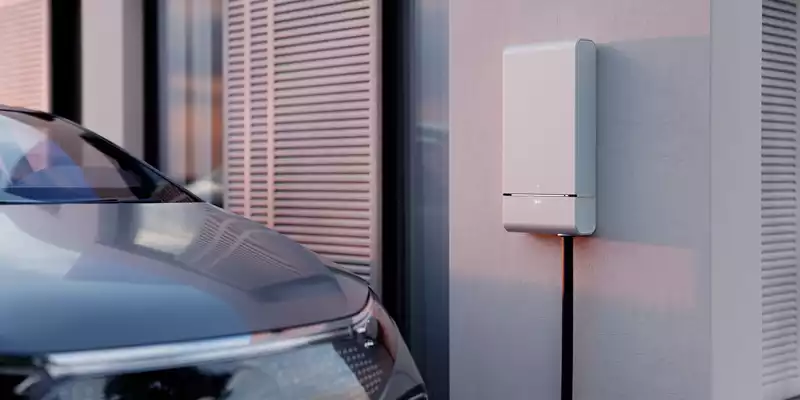The idea of adding batteries to one's home is not uncommon. Sadly, however, batteries that can power a home are expensive. This is the idea behind Wallbox's Quasar 2 EV charger.
Unveiled at this year's CES, the Quasar 2 is an upgraded version of the original Quasar charger, which already offered "two-way power" to access energy stored in electric vehicle batteries. This time, however, it is specifically designed to be used during power outages - assuming you have an EV that supports two-way charging.
The idea of home batteries, including the Tesla Powerwall, is to store energy for when you need it most. Home batteries are often combined with solar panels so that the roof can continue to hold the energy captured from the sun, rather than feeding it directly into the grid.
However, these batteries can also be charged from the power grid when electricity is cheap. In some cases, the stored power can be sold to the grid during times of high demand, generating a small income in the process.
Batteries are expensive, however, and Wallbox's Quasar charger is designed to do much the same job without the cost or hassle of unlocking EV batteries and installing new ones.
The original Wallbox Quasar was unfortunately only compatible with the CHAdeMO charging standard. It was also limited to a charging speed of 7.5 kW.
The Quasar 2, however, supports the more common CCS standard and charges at a speed of 11.5 kW. This is a DC charger, and its extra speed is beneficial because it bypasses the EV's internal inverter, allowing it to charge faster than a typical AC home charger.
The main change is the inclusion of a "blackout mode" that allows EV owners to temporarily disconnect from the grid and use the power stored in their EVs to power their homes. This ensures that they will not accidentally lose power from the grid when they need it most.
Wallbox claims that Quasar 2 can power a home's critical energy consumption for more than three days in the event of a prolonged power outage; while EV batteries cannot keep everything in the house running for that long, they can provide essential power to run boilers, prevent food spoilage, etc. The EV battery will not be able to run everything in the house for very long, but it will be enough to supply essential power, such as running boilers or preventing food spoilage.
Exact pricing for the Quasar 2 has not yet been announced, but Wallbox has confirmed that it will be comparable to the original Quasar, which costs about $4,000. Home EV chargers typically cost several hundred dollars, but are still considerably cheaper than installing a dedicated home battery. [For example, Tesla's Powerwall costs $10,500, and the company won't let you have it unless you also install solar panels. Furthermore, the Powerwall has a storage capacity of 13.5 kWh, which is considerably less than the batteries in less expensive EVs.
It is not yet known exactly which cars will be compatible with Quasar 2 or even when it will be available. But Quasar 2 is worth considering if you own an EV and want peace of mind the next time the power goes out. DC charging is just an added bonus.










Comments